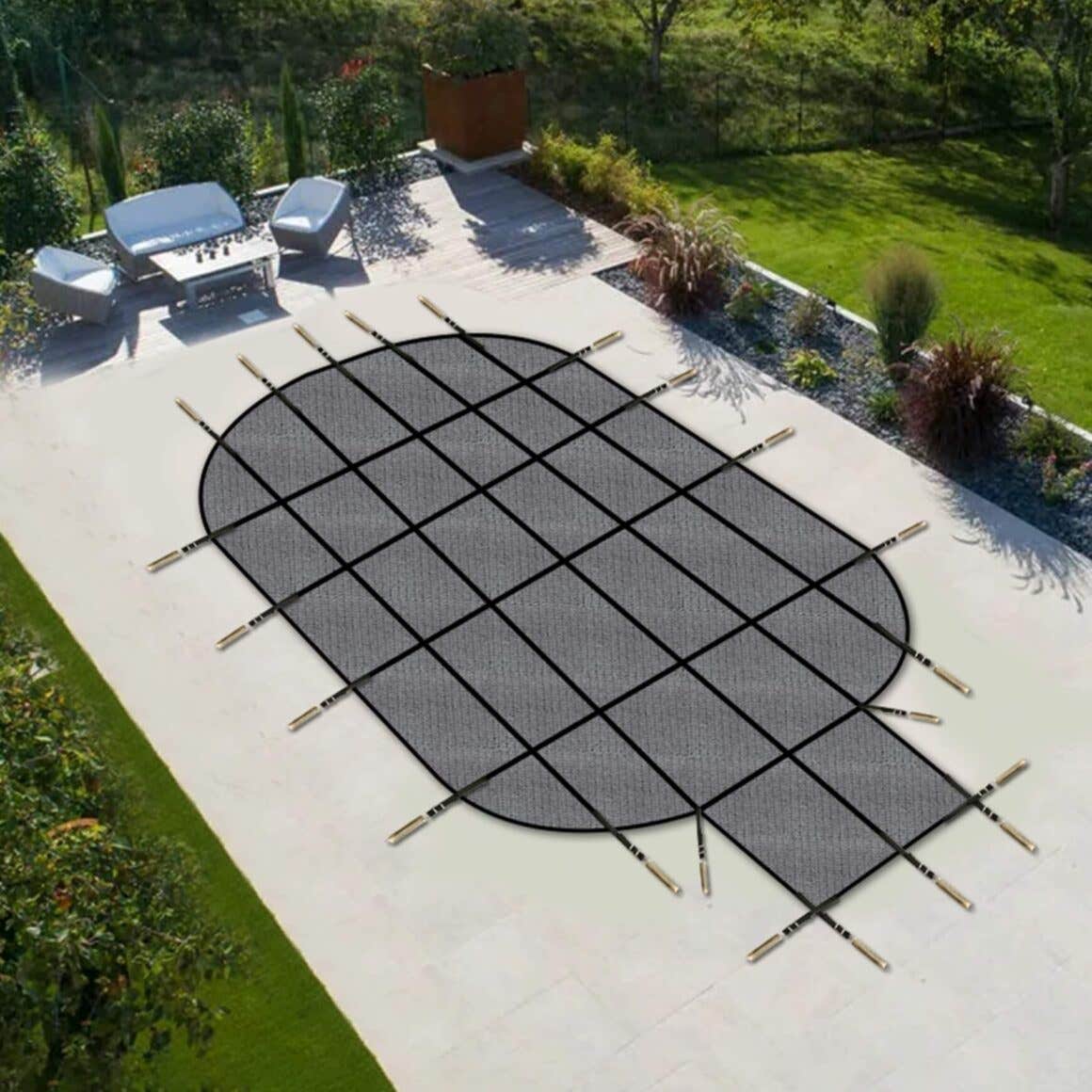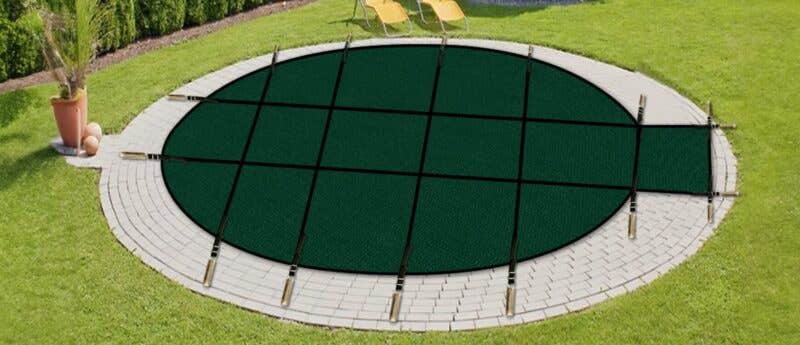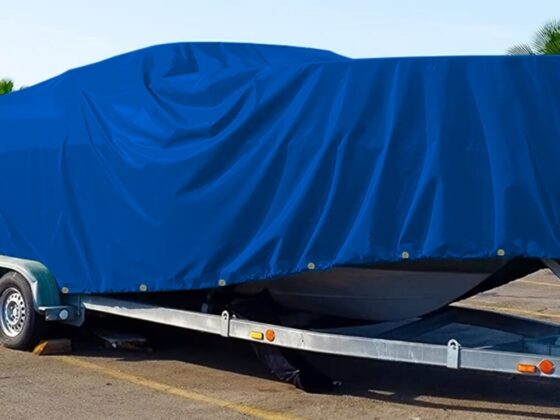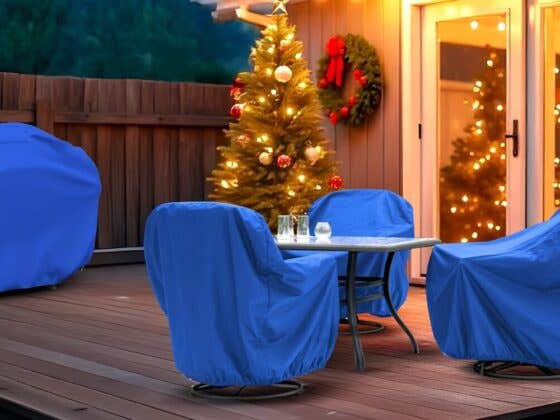With autumn marking the onset of the off-season for swimming pools, covering them becomes particularly important. Choosing the perfect swimming pool cover is a crucial step in preserving the cleanliness, safety, and longevity of your pool. A high-quality cover not only shields your pool from debris and harsh weather but also minimizes maintenance efforts. The key to selecting the ideal cover lies in obtaining precise pool cover measurements.
In this comprehensive guide, we’ve curated some of the essential pool cover measurement tips for you, so you can get the right fit for your pool. So, let’s get started.
Importance of Accurate Measurements
Before starting to take measurements of your pool it’s crucial to understand why accurate measurements are important. Here are a few reasons why you should invest time and efforts in taking proper measurements before buying any cover:
- Preventing Debris Accumulation: One of the primary functions of a pool cover is to keep debris such as leaves, twigs, and insects out of the pool water. Accurate measurements ensure that the cover fits snugly over the pool, leaving no gaps for debris to enter.
- Aesthetic Appeal: A well fitted pool cover contributes to the overall aesthetic appeal of your pool area.
- Retaining Heat: A cover that fits properly forms a barrier that minimizes heat loss, thus helping to keep the water temperature comfortable and reducing heating costs.
- Safeguarding Against Accidental Drownings: A securely fitted swimming pool covers for inground pools acts as a safety barrier, preventing accidental drownings, particularly in homes with children or pets by ensuring that there are no gaps or loose areas.
- Longevity and Effectiveness: Pool covers that are properly sized and fitted are more likely to perform effectively over the long term. Incorrect measurements can result in stress on the cover material, leading to premature wear and tear.
Standard Pool Covers Vs Custom Pool Covers
Standard pool covers are pre-made covers designed to fit common pool sizes and shapes. These covers come in standard dimensions and may offer limited options in terms of materials, colours, and features. While they provide basic protection against debris and help to retain heat, they may not offer the perfect fit for every pool, leading to potential gaps or excess material.
On the other hand, custom pool covers are tailored specifically to the dimensions and shape of your pool. They are made-to-order based on precise measurements and offer a perfect fit, ensuring maximum coverage. They can also be customised with various features such as reinforced edges, drainage systems, or special materials for specific climates or preferences.
When deciding between a standard pool cover and a custom pool cover, you should consider several factors. If your pool has standard dimensions and shapes, a standard cover might suffice. However, if your pool has unique dimensions, shape, or features such as water features or irregular edges, investing in a custom cover is advisable to ensure an effortless pool covering process.
How Do You Measure Swimming Pool for a Cover?
Whether you opt for a custom or standard cover, the measuring process remains largely the same:
- Determine the Shape: Begin by identifying the shape of your pool, whether it’s round, rectangular, or oval. This initial step is crucial as it will dictate the measuring approach you need to take.
- Rectangular Pools:
If your pool is rectangular, measure the length and width at the longest and widest points, respectively. This ensures you capture the full extent of the pool’s dimensions accurately, essential for selecting the right size of rectangular pool covers.
- Round Pools
For round pool covers, measure the diameter across the centre to determine the width. This measurement helps you understand the pool’s circumference, crucial for selecting the right cover size.
- Oval Pools
For oval pool covers, measure the longest and widest points to determine both the length and width accurately. This ensures that the cover will fit snugly over the entire surface area of the pool.
- Account for Special Considerations:
- Pools with Unique Designs: If your pool has unique features such as steps, ledges, or protrusions, take additional measurements to ensure the cover accommodates these elements without leaving any gaps.
- Inground Pools: Measure the distance from the pool’s edge to any surrounding obstacles or structures, such as fences or walls, to ensure proper clearance when determining how to measure for an inground pool cover. This step is vital to prevent any obstructions that could hinder the installation or effectiveness of the cover.
- Double-Check Your Measurements: To ensure accuracy and avoid discrepancies, it’s essential to double-check all measurements. Even minor errors can lead to ill-fitting covers. Consider consulting a professional if needed, especially for complex pool designs or if you’re unsure about the measurement process. Their expertise can help ensure the perfect fit for your swimming pool covers for winter, maximizing its effectiveness and longevity.
Which Type of Pool Cover Should You Invest in?
Now, with our cover measurement guide, you’ve taken the right measurements for your pool cover. The next step is to figure out the type of cover you need, depending on its functionality, for your pool. There are various types of pool covers to suit different needs and preferences, some of these include:

Safety Covers: Designed to provide a barrier between the pool and surrounding area, safety covers offer peace of mind by preventing accidents and ensuring compliance with safety regulations.
Solar Covers: Also known as solar blankets or bubble covers, these covers harness the sun’s energy to heat the pool water while minimizing evaporation and chemical loss.
Winter Covers: Intended for seasonal use, winter covers protect the pool from harsh weather conditions, fallen leaves, and debris during the off-season.
Leaf Net Covers: Designed to catch leaves and larger debris, these shade covers for swimming pools are often used in conjunction with other covers to make cleaning easier.
Thermal Covers: Also known as insulating covers, these are like solar covers but are thicker and provide better insulation, helping to retain heat in the pool water.
Conclusion
Measuring your swimming pool accurately is the first step towards selecting the perfect winter pool covers for inground pools to safeguard your investment and enhance your swimming experience. With this step-by-step guide on how to measure for a pool cover, you can be sure to get the right fit cover for your pool. Whether it’s a standard-sized pool or a custom-designed one with unique features, taking the time to measure accurately is essential for making an informed decision.

















Recent Comments